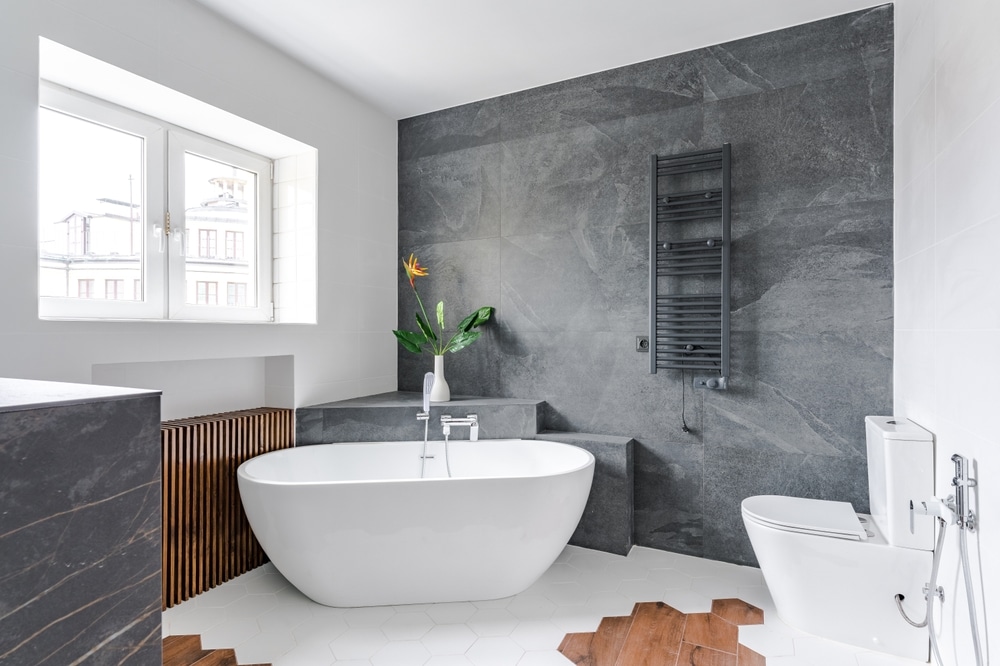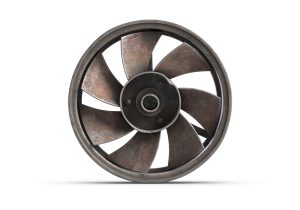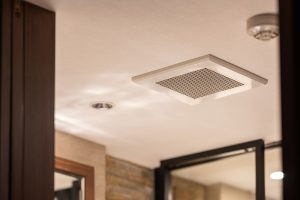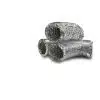How Do You Fit an Extractor Fan in a Bathroom
Fitting an extractor fan in a bathroom is possible to do yourself, only under certain conditions. So how exactly is this done? And is it difficult to do?
In this blog, we will answer the question ‘How do you fit an extractor fan in a bathroom?’
To prevent mould, fresh air should always be introduced into your dwelling daily, as it helps to regulate temperature and reduce condensation. Introducing fresh air can be as simple as having a ventilation routine, or installing extractors or PIV systems.
To prevent mould, fresh air should always be introduced into your dwelling daily, as it helps to regulate temperature and reduce condensation. Introducing fresh air can be as simple as having a ventilation routine, or installing extractors or PIV systems.
Having an understanding of the uses and reasoning for ducting can be just the information you require in order to get the correct ducting to fit your needs. Knowing how their differences can save you any potential mistakes if you choose to set it up yourself.
I-Sells is here to provide the answers you require whilst also supplying you with all the information you need to combat mould and have a well-ventilated home.
Why do bathrooms need an extractor fan?
Bathroom extractor fans are crucial for multiple reasons, They can reduce condensation. Hot showers and baths create a lot of steam, which condenses on cooler surfaces like walls, mirrors, and tiles. This moisture can lead to steam that can settle onto surfaces and has the chance to become mould.
Mould thrives in damp environments. Extractor fans help remove moisture and prevent mould spores from taking root, which can cause respiratory problems and damage your bathroom surfaces.
Furthermore, constant moisture exposure can deteriorate bathroom fixtures like shower curtains, cabinets, and paint over time.
Additionally, bathrooms naturally generate unpleasant odours. Extractor fans help remove these odours and keep the bathroom smelling fresh. They remove stale, humid air and replace it with fresh air, making the bathroom feel more comfortable and reducing the risk of airborne bacteria growth.
Does a bathroom have to have an extractor fan?
In some cases, a window might be sufficient ventilation, particularly for bathrooms with only a toilet. However, extractor fans are highly recommended, especially for bathrooms with showers or baths, and in new builds that are designed to be more airtight for energy efficiency.
How do you fit an extractor fan in a bathroom?
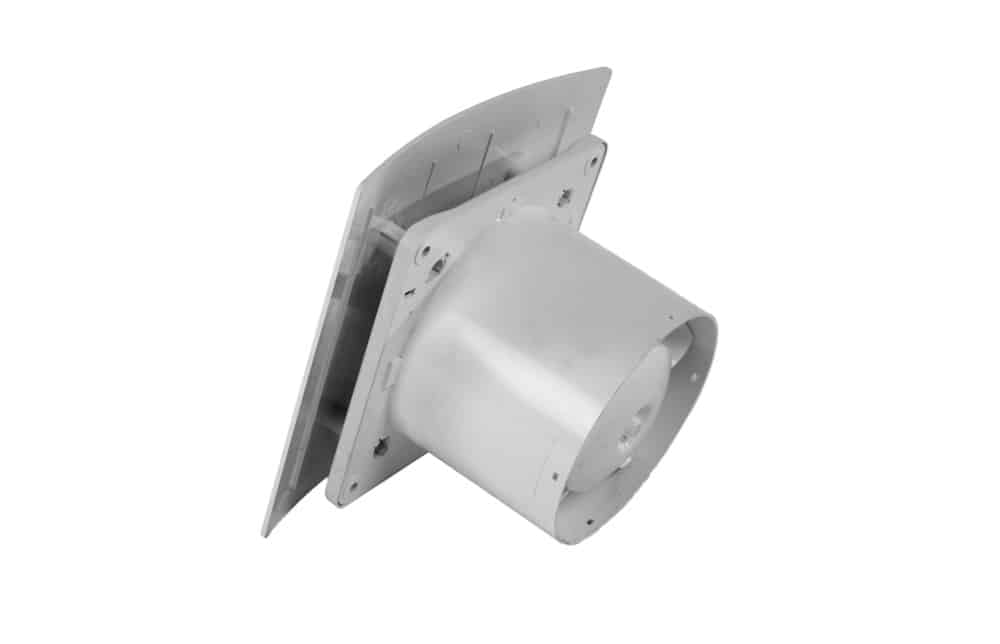
Disclaimer: Electrical work in bathrooms requires caution due to moisture. This guide is intended for those comfortable with DIY electrical tasks. If you’re unsure about any step, prioritise safety and consult a qualified electrician.
If you are not a qualified electrician, one must be called if a new electrical circuit is installed, or requires certification. Below is a very general approach to installing a bathroom extractor fan.
Before You Begin:
- Turn off the electricity: Locate the fuse box and isolate the bathroom circuit completely before starting any electrical work. Double-check with a voltage tester to ensure no power is present.
- Gather your tools: You’ll need a spirit level, tape measure, drill with appropriate drill bits (wood and masonry), screwdriver, jigsaw/reciprocating saw, wire strippers, possibly pliers, and safety gear (gloves, goggles).
- Choose your fan: Select a fan with an appropriate extraction rate for your bathroom size. Consider the noise level and features (e.g., timer, humidity sensor).
- Plan the location: Ideally, position the fan centrally on the ceiling, close to a shower or bath, and at least 230 mm away from the wall. Ensure no pipes or wires are present behind the chosen location.
Installation:
1. Making the Holes:
- Mark the ceiling for the fan unit and another hole for the ducting to exit outside (consult the fan’s instructions for size).
- Use a spirit level to ensure the holes are level.
- Drill a pilot hole from the inside through to the outside to check for obstructions.
- Cut the holes using a jigsaw or reciprocating saw, following the manufacturer’s markings.
2. Installing the Ducting:
- Use insulated ducting to minimize condensation. The shortest possible route with minimal bends is ideal.
- Ensure the ducting slopes slightly downwards towards the outside vent to prevent moisture build-up.
- Connect the ducting to the fan unit and the exterior vent using appropriate fittings (refer to the fan’s instructions).
3. Mounting the Fan:
- Secure the fan unit into the ceiling hole using the provided fixings (e.g., screws, brackets).
4. Electrical Connection (Caution: Potentially complex step):
- Important: This step might require a qualified electrician if the wiring involves a new circuit or modifying existing wiring.
- If you’re comfortable and competent with electrical work, and the wiring involves simply connecting to the existing bathroom light circuit using a connector block , proceed with caution:
- Identify the live (usually red), neutral (usually black), and earth (usually green/yellow) wires from the existing circuit and the fan unit.
- Following the manufacturer’s instructions and electrical safety guidelines, carefully connect the corresponding wires using a connector block (ensure all connections are tight).
- Double-check all connections for any loose wires or exposed conductors.
- Testing and Finishing:
- Turn the electricity back on at the fuse box.
- Switch on the power to the fan and test its operation. Ensure the fan is extracting air efficiently and there are no unusual noises.
- Carefully install the fan’s decorative grille on the ceiling.
- Seal any gaps around the fan unit and ducting with a suitable sealant (check manufacturer’s recommendations).
Remember:
- Building regulations in the UK might require a qualified person to sign off on the work, even for a simple replacement. Consider contacting a qualified electrician for certification.
- If you’re unsure about any aspect of the installation, especially electrical connections, prioritize safety and consult a qualified electrician.
Do you need a qualified electrician to install a bathroom extractor fan?
In the UK, you don’t necessarily need a qualified electrician to install a bathroom extractor fan, but there are some key things to consider:
- Complexity of the job:
- If the wiring involves connecting to a new circuit or modifying existing wiring, then yes, you’ll need a registered electrician. This falls under Part P of the Building Regulations and requires a certificate for compliance.
- If you’re simply replacing an existing fan and wiring it into the same circuit using a connector block, it might be possible to do it yourself, but only if you’re competent in electrical work.
- Safety first: Electrical work in bathrooms carries a higher risk due to moisture. Even a seemingly simple job can go wrong and lead to electrical faults or fires. If you’re unsure about any aspect, it’s best to hire a qualified electrician for peace of mind and to ensure it complies with regulations.
- Certification: While you might be able to install it yourself, building regulations still require the work to be checked and signed off by a qualified person. This could be an electrician or a registered competent person.
Discover bathroom extractor fans today
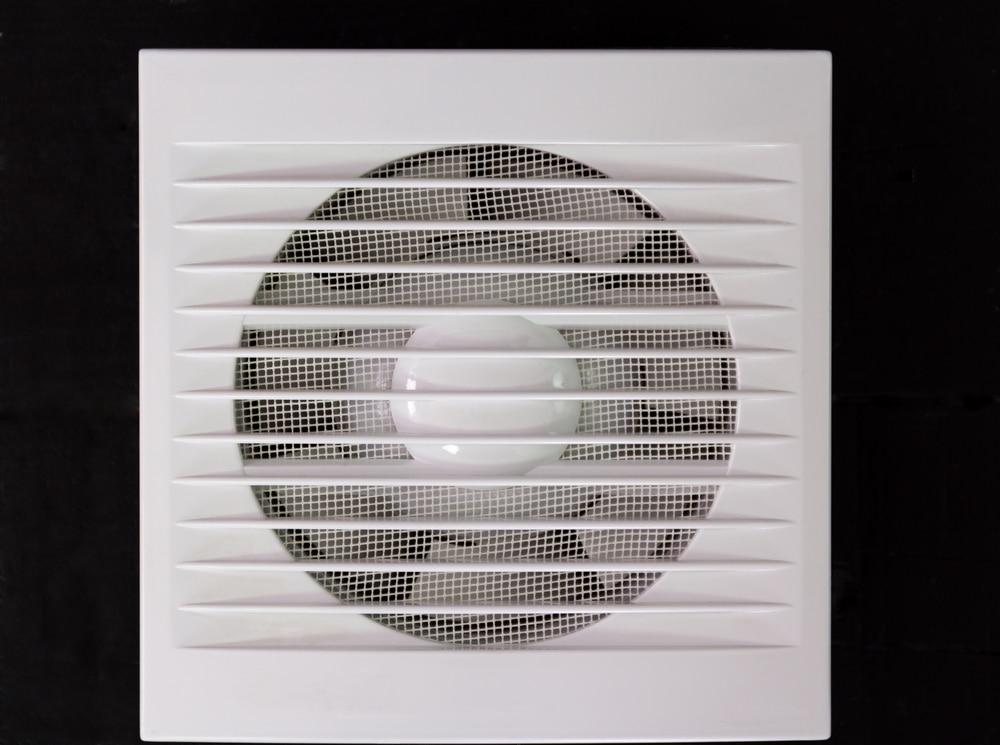
We at I-Sells endeavour to make sure our customers have all the information they require before deciding to invest in our mould solutions. Be sure to visit our blog page to gain knowledge on the wide array of factors and issues surrounding ventilation, mould, condensation, and much more.
We hope to have answered the question ‘How do you fit an extractor fan in a bathroom?’
We understand you may have more questions, do not hesitate to contact us for more information with regard to whatever you require our help with. If you’d like to email us, click here. For other contact options, see below:
Call us on 020 8463 9696
Visit us at our showroom:
*OPENING TIMES*
Monday – Friday: 8:00 am to 5:30 pm
Saturday: 9:00 am to 12:00 pm
Sunday: Closed
15 St John’s Parade
Sidcup, Kent
DA14 6ES
United Kingdom

